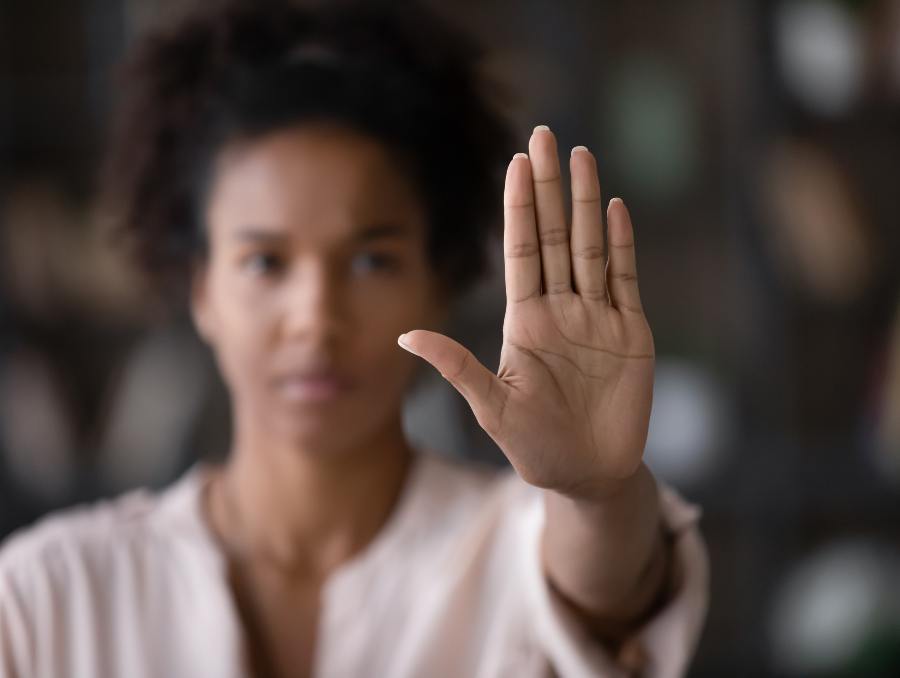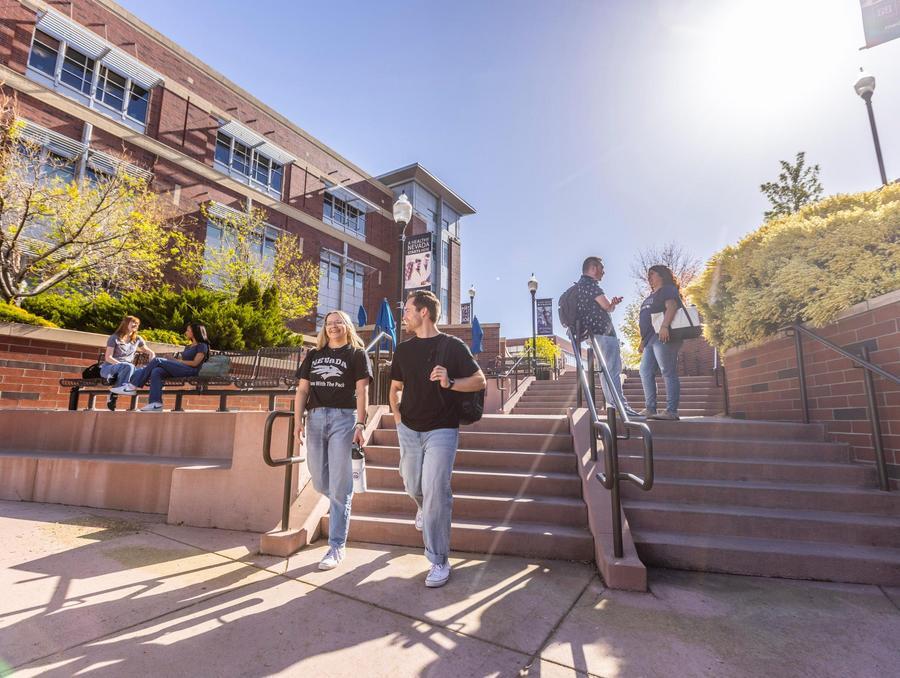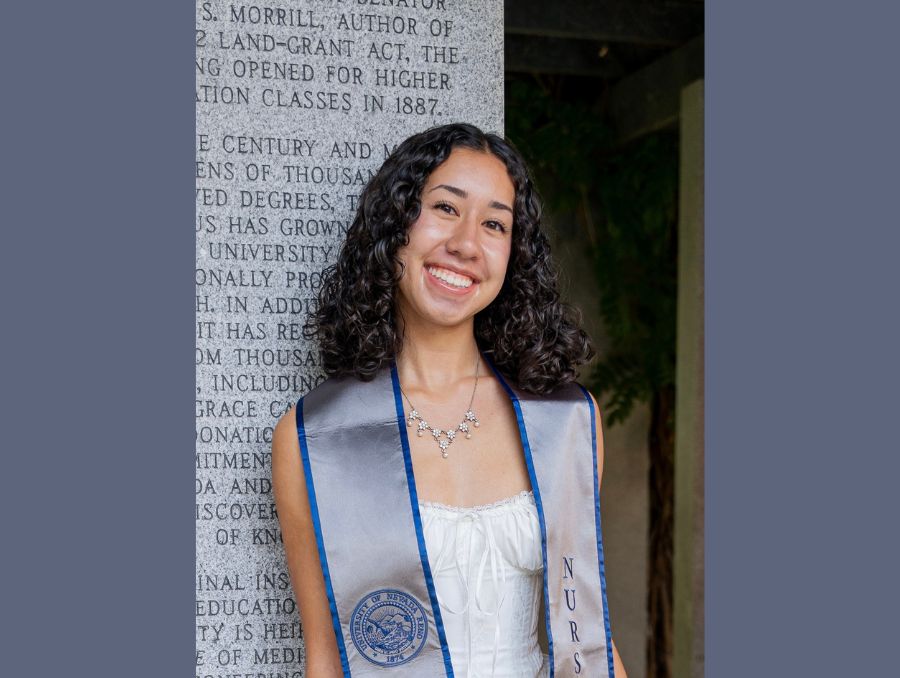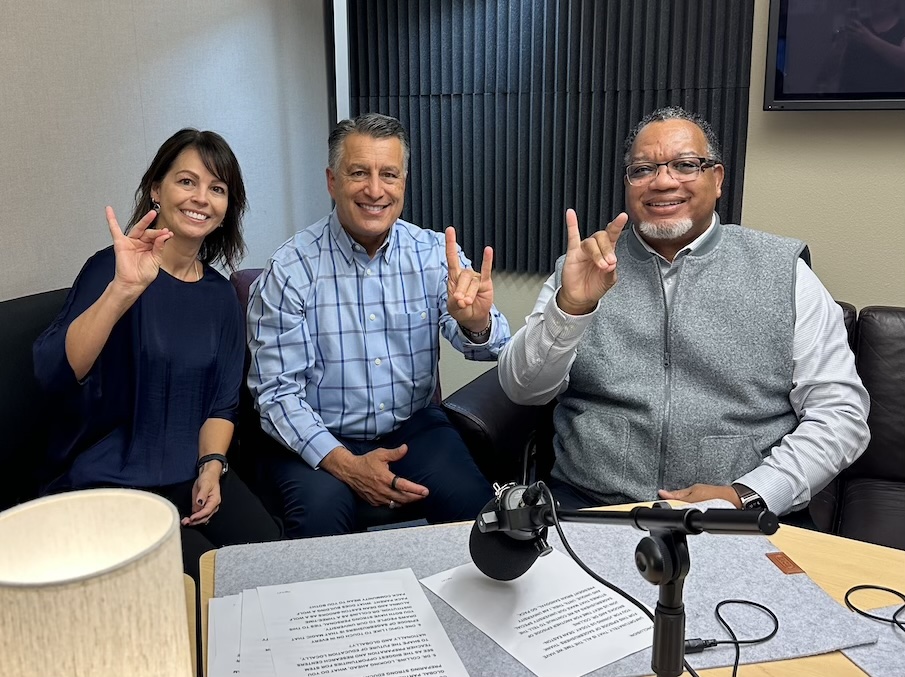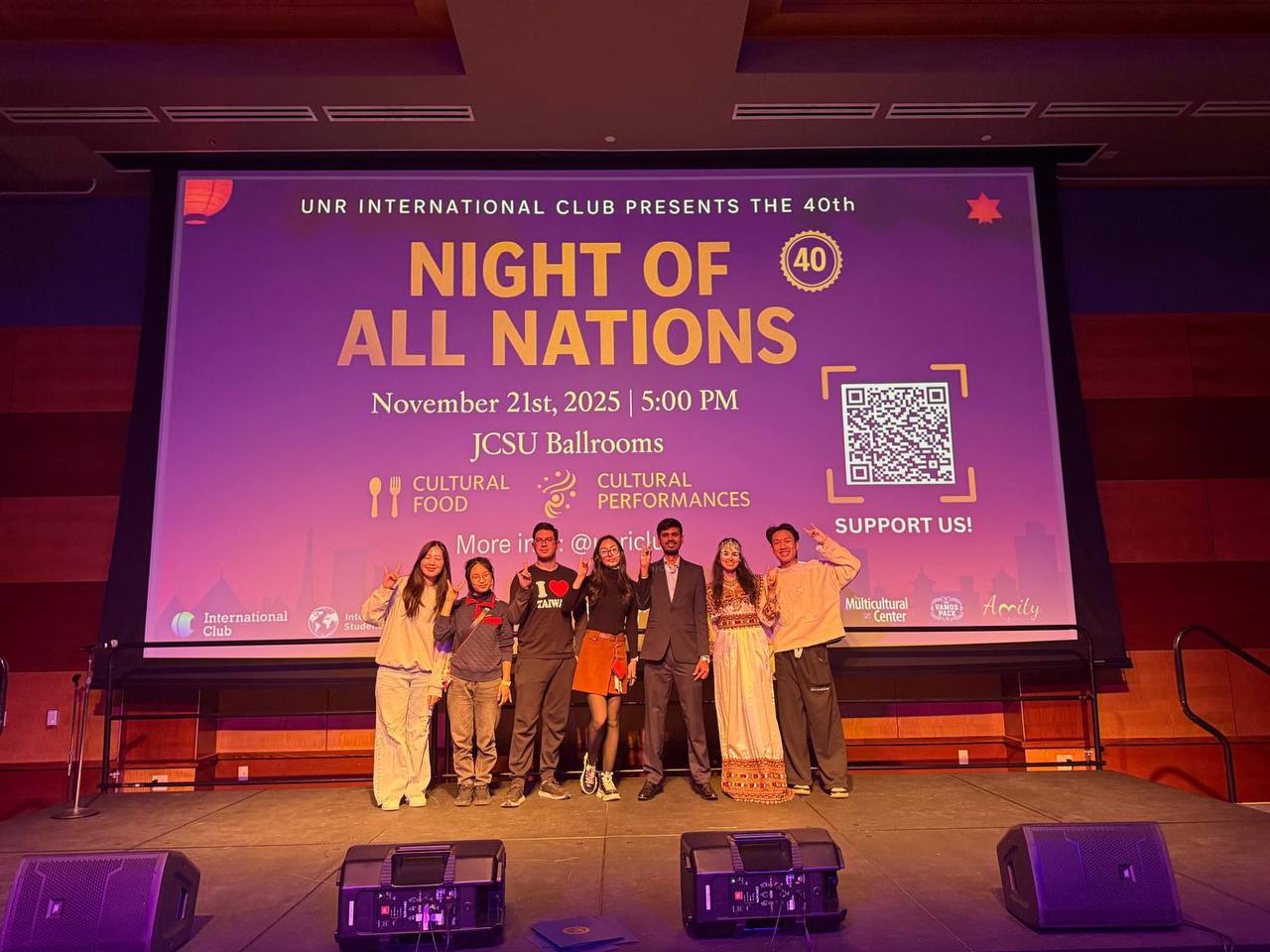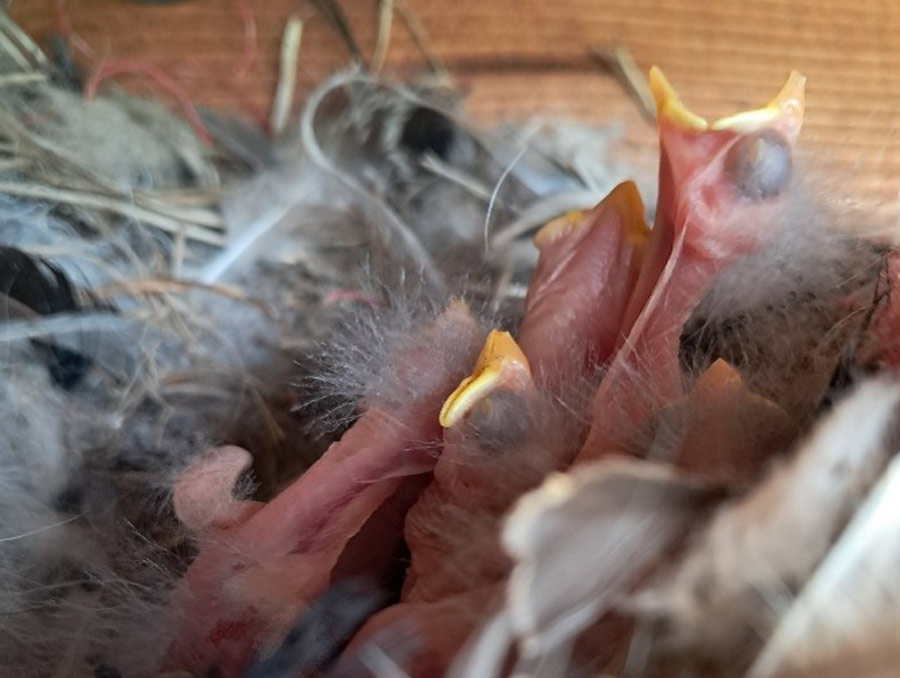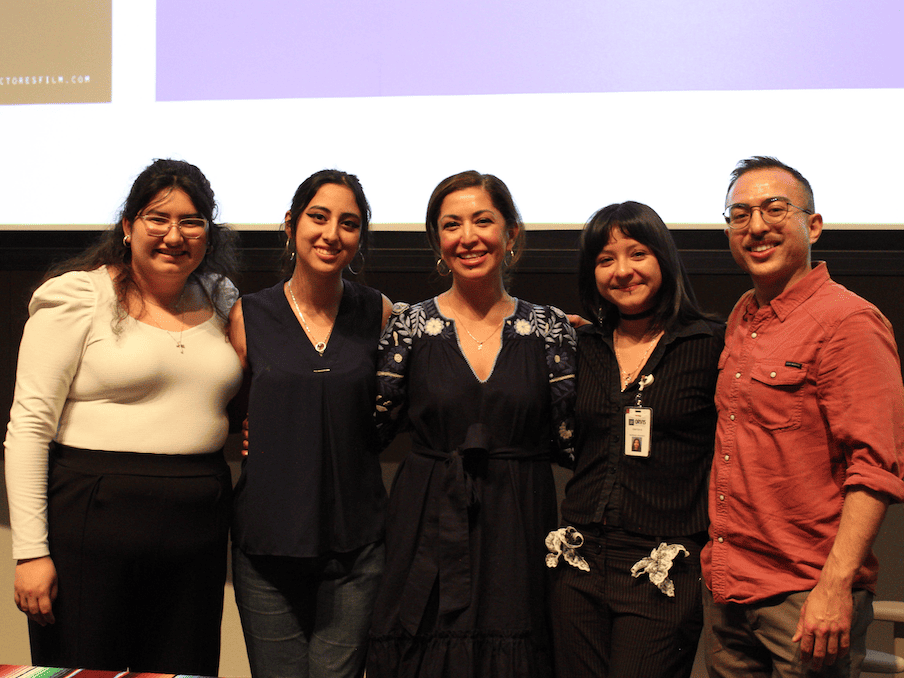October is Domestic Violence Awareness Month (DVAM), which evolved from the “Day of Unity” in 1981. In 1987, the first DVAM was observed, and the first toll-free national domestic violence hotline was established. DVAM was adopted nationally in 1989. The intention of DVAM is to create public awareness of domestic violence, support survivors, promote prevention and early education, and advocate for local and national change. Although most research and personal experience may point to victims of domestic violence being females, it is critical to remember that anyone can be a victim of domestic violence, regardless of gender, racial or ethnic identity or age.
In a moment where we are trying to help a friend, colleague or family member, we may ask ourselves, “Why don’t they just leave?” It is crucial to understand that leaving an abusive relationship is complex and difficult, even with support and resources. Many survivors of domestic violence face barriers to leaving abusive relationships, including fear, emotional manipulation and diminished self-worth, financial dependence, and social stigmas or pressures.
In a 2022 study, Heron, Eisma & Browne found that several women in abusive relationships may stay due to “investment” in the relationship. Investment can be defined as time spent in the relationship (i.e., ten years together), marriage or shared children. Maintaining a familial unit may be a goal of the survivor or a tactic used by the abuser to guilt the survivor into remaining in the relationship. Stating things like, “You will break up our family if you leave.” Researchers have also found that women may feel entrapped due to economic dependence, social isolation, learned helplessness and religious/cultural beliefs (Heron et al., 2022). These factors can make survivors feel as though it is unattainable to leave an abusive relationship. Finally, women may remain in a relationship of this nature due to love for their partner. Survivors of abuse may attempt to rationalize abusive behaviors from their partner, internalizing blame, hoping that their partner will return to the person they fell in love with.
Again, it is crucial to understand that leaving an abusive relationship is not a single decision, but a complex and difficult process. If you are attempting to assist someone you care about, safety planning and accessing appropriate resources are vital measures to safely leave and promote long-term well-being.
About the author
Pamela Payne, Ph.D., CFLE, is an associate professor in the College of Education & Human Development and with Extension, as part of the College of Agriculture, Biotechnology & Natural Resources. She is the lead on a $1 million grant for the Extension Hope for Family Resilience program, which provides in-depth education on domestic violence advocacy and training for professionals working with domestic violence. She also is the president-elect of the National Council on Family Relations’ Board of Directors.
Heron, R. L., Eisma, M., & Browne, K. (2022). Why Do Female Domestic Violence Victims Remain in or Leave Abusive Relationships? A Qualitative Study. Journal of Aggression, Maltreatment & Trauma, 31(5), 677–694.
National Domestic Violence Hotline. (n.d.). National Domestic Violence Hotline.
